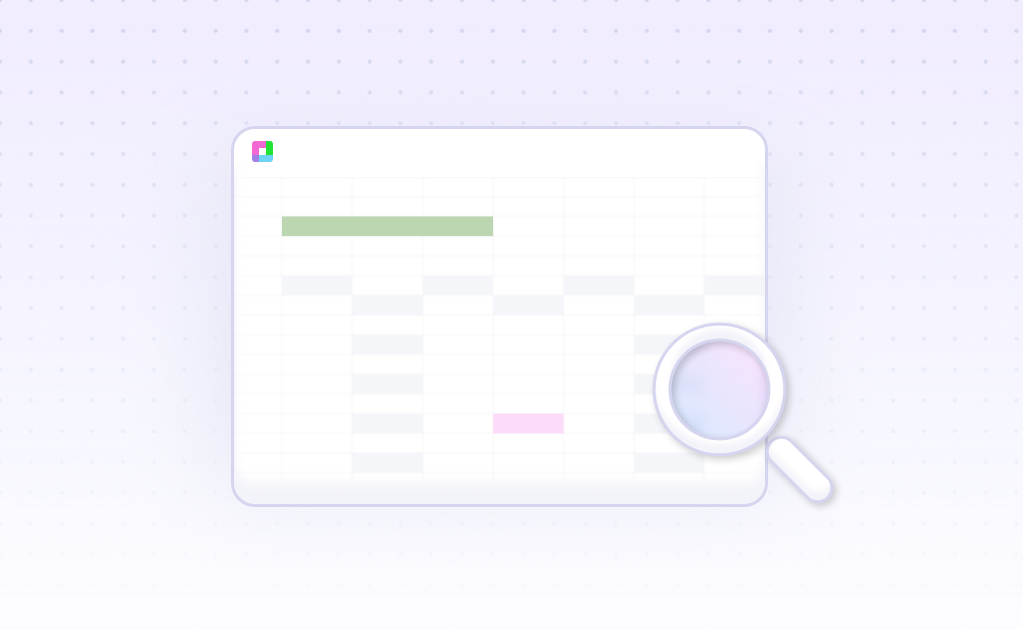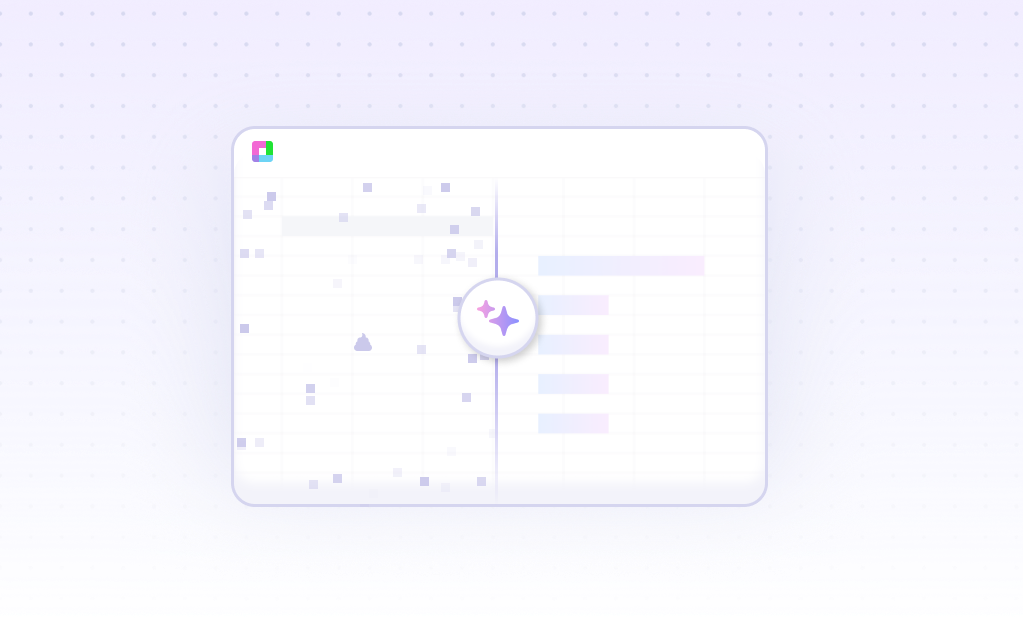
The Hidden Story Behind Your Dashboard Numbers
Picture this: You're staring at a beautifully designed BI dashboard, filled with colorful charts and impressive metrics. Revenue is up 15%, customer satisfaction shows green, and traffic flows look healthy. But here's the million-dollar question – what story are these numbers actually telling you?
Most business intelligence dashboards suffer from what I call 'pretty picture syndrome.' They look great in board meetings, but they're about as useful for strategic decision-making as a chocolate teapot. The real magic happens when you dig deeper, analyze the effectiveness of your dashboard design, and uncover the insights that actually drive business outcomes.
That's where comprehensive data analysis transforms your dashboard from a digital decoration into a strategic weapon. Let's explore how to analyze your BI dashboard's effectiveness and turn those pretty charts into profit-driving insights.
Why Most BI Dashboards Fail to Deliver
Understanding the common pitfalls that turn potentially powerful dashboards into expensive screensavers.
Information Overload
Too many metrics competing for attention, creating cognitive overload instead of clarity. Users can't distinguish between critical insights and nice-to-know information.
Static Snapshots
Dashboards that show what happened but provide no context about why it happened or what to do next. They're rear-view mirrors in a forward-moving business.
Misaligned Metrics
KPIs that look impressive but don't actually correlate with business outcomes. It's like measuring your car's performance by how shiny the paint is.
Poor User Adoption
Beautiful dashboards that nobody actually uses for decision-making. They become expensive digital wallpaper instead of business intelligence tools.
The Dashboard Effectiveness Analysis Framework
A systematic approach to evaluating and improving your business intelligence dashboards.
Try for freeDashboard Analysis in Action
Practical examples of how businesses transformed their BI dashboards from pretty pictures into profit drivers.
Try for freeEssential Dashboard Effectiveness Metrics
The critical measurements that separate high-performing dashboards from digital decorations.
Time to Insight
How quickly can a user find and understand the information they need? Great dashboards deliver insights in under 30 seconds. Measure the time from dashboard load to actionable insight discovery.
Decision Velocity
Track how dashboard usage correlates with decision-making speed. Effective dashboards should reduce the time from question to action, not increase it with information overload.
User Engagement Depth
Beyond page views, measure how deeply users engage with dashboard features. Do they drill down into details? Do they use interactive features? Deep engagement indicates genuine value.
Predictive Accuracy
For dashboards showing forecasts or trends, measure how often the predictions prove accurate. A dashboard that consistently provides wrong predictions destroys trust and adoption.
Business Impact Correlation
The holy grail: Does dashboard usage correlate with improved business outcomes? Track whether teams using the dashboard perform better than those who don't.
Alert Effectiveness
If your dashboard includes alerts or notifications, measure their accuracy and actionability. False positives erode trust; missed alerts can be catastrophic.
How AI Transforms Dashboard Analysis
Traditional dashboard analysis is like trying to understand a symphony by looking at sheet music. You can see the notes, but you miss the harmony, rhythm, and emotional impact. AI-powered analysis is like having a master conductor explain not just what's happening, but why it matters and what it means for your business.
Here's where artificial intelligence changes the game completely:
The result? Your dashboard analysis transforms from a manual, time-consuming process into an intelligent, automated system that continuously improves your business intelligence capabilities. It's like having a data scientist and business consultant working 24/7 to optimize your dashboard effectiveness.
With AI-powered data analysis, you can identify which metrics truly drive business value, optimize dashboard layout for maximum impact, and ensure your BI investment delivers measurable returns.
Implementing Dashboard Analysis: A Step-by-Step Guide
Your roadmap to transforming dashboard analysis from guesswork into strategic intelligence.
Try for free




